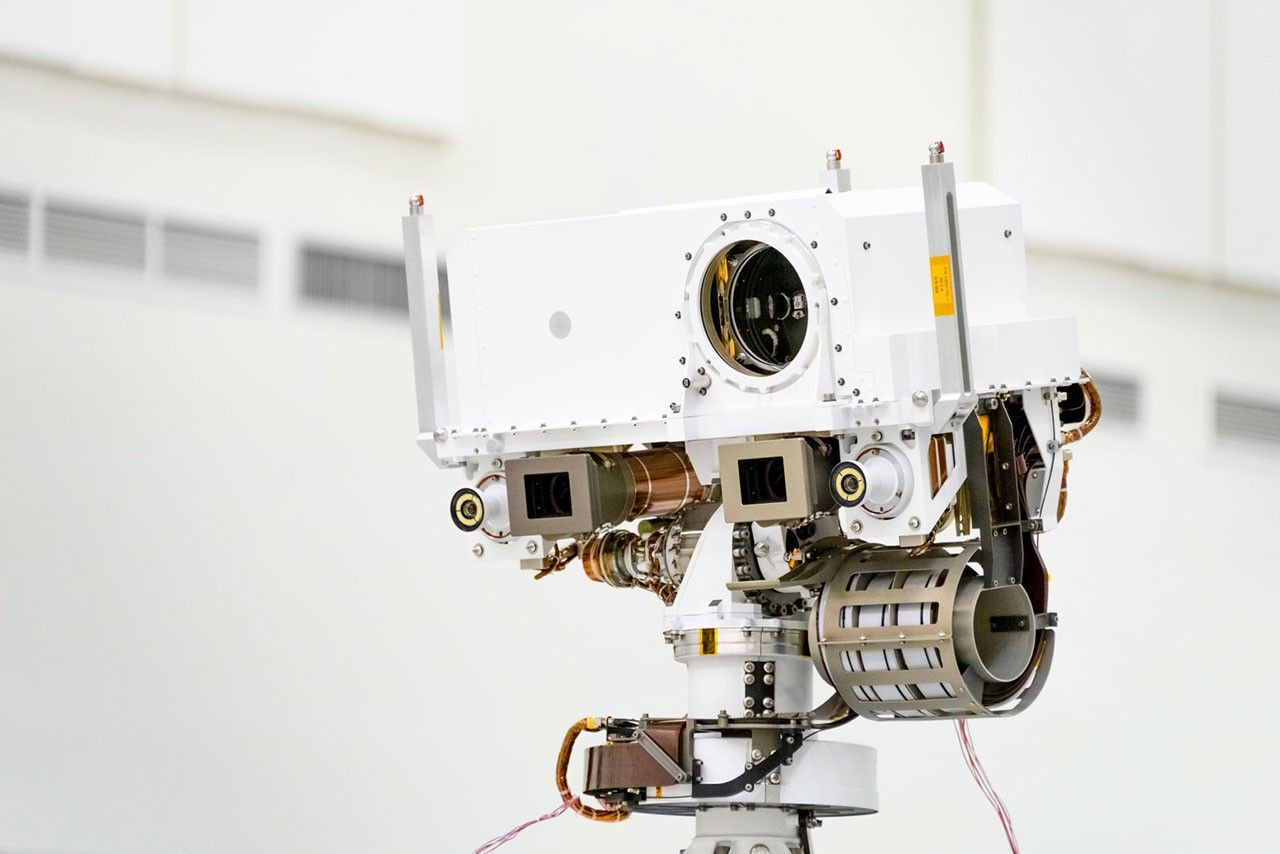I lost my mavic pro.
I took it 5000 meters away and spent only 29% of the battery.
He still had 71% but on the way back the wind was against him. I couldn't reach it even forcing the stick forward a lot.
Anyway, I should have landed somewhere before zeroing the battery, but I didn't think about that at the time.
My mavic cut all connections at 0% battery.
It was 45 meters high (from the starting point), but where the last location was sent, because it is a valley, I believe it is about 60 to 80 meters high.
I've been to the location of the last location sent by mavic but found nothing.
Tthe drone disconnected 367 meters from the starting point, that is, very close to arriving.
What bothers me most is not knowing if the drone has dropped vertically straight or kept falling forward.
At the time of disconnection he was at 39km / h.
Below is the .txt file for analysis if you can help me please.
I took it 5000 meters away and spent only 29% of the battery.
He still had 71% but on the way back the wind was against him. I couldn't reach it even forcing the stick forward a lot.
Anyway, I should have landed somewhere before zeroing the battery, but I didn't think about that at the time.
My mavic cut all connections at 0% battery.
It was 45 meters high (from the starting point), but where the last location was sent, because it is a valley, I believe it is about 60 to 80 meters high.
I've been to the location of the last location sent by mavic but found nothing.
Tthe drone disconnected 367 meters from the starting point, that is, very close to arriving.
What bothers me most is not knowing if the drone has dropped vertically straight or kept falling forward.
At the time of disconnection he was at 39km / h.
Below is the .txt file for analysis if you can help me please.
Attachments
Last edited:














